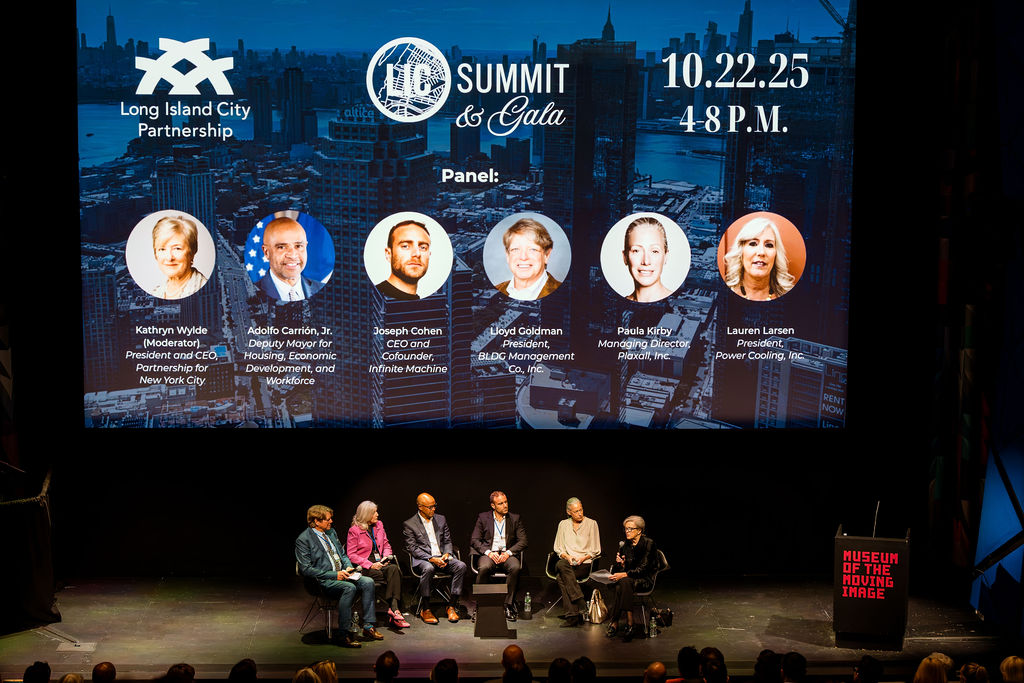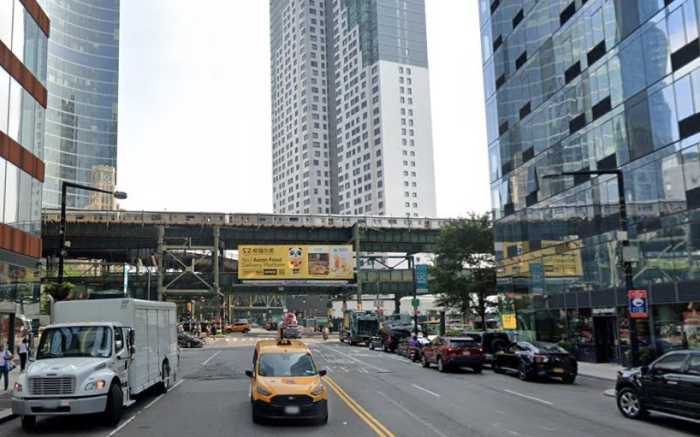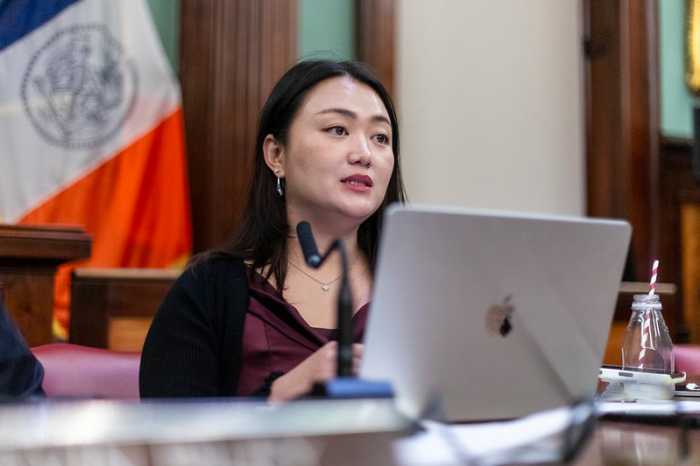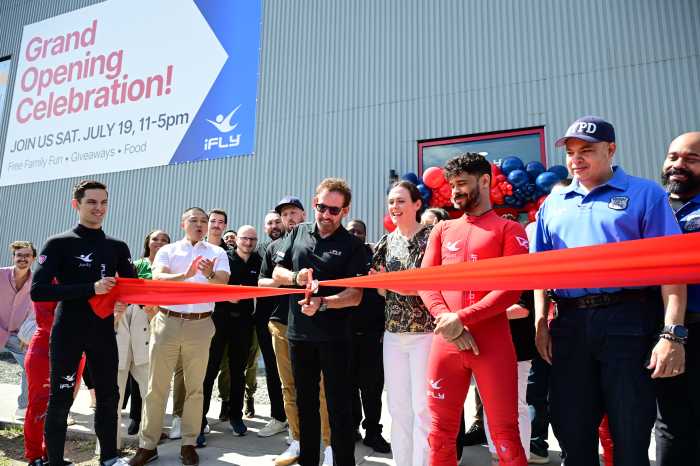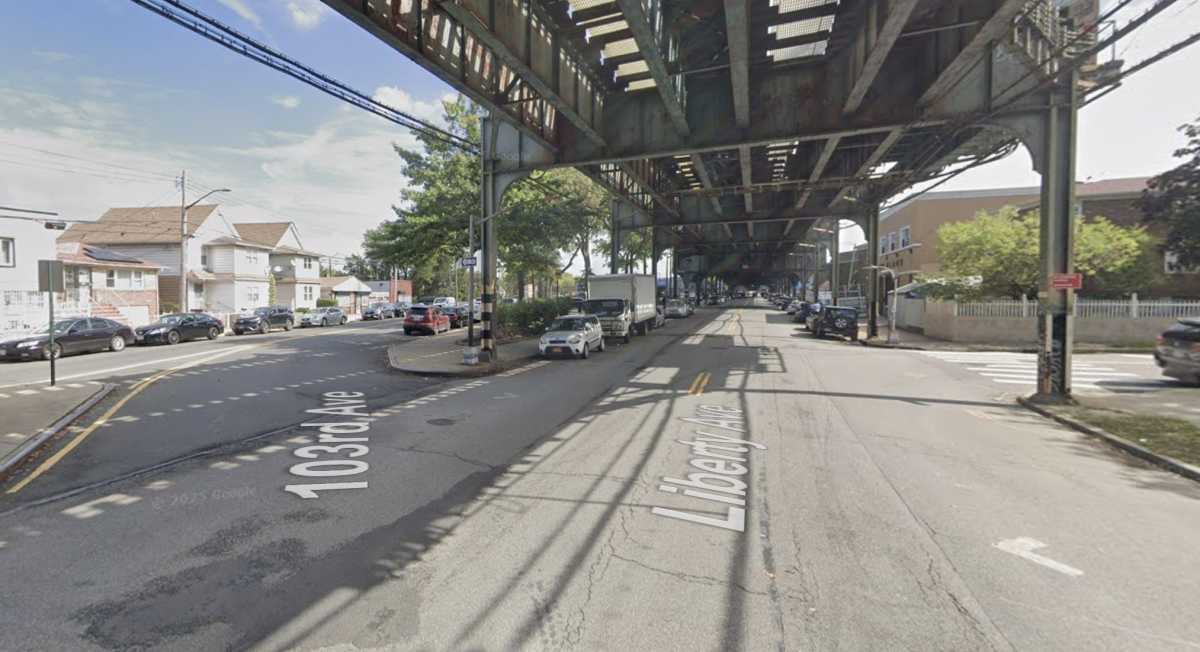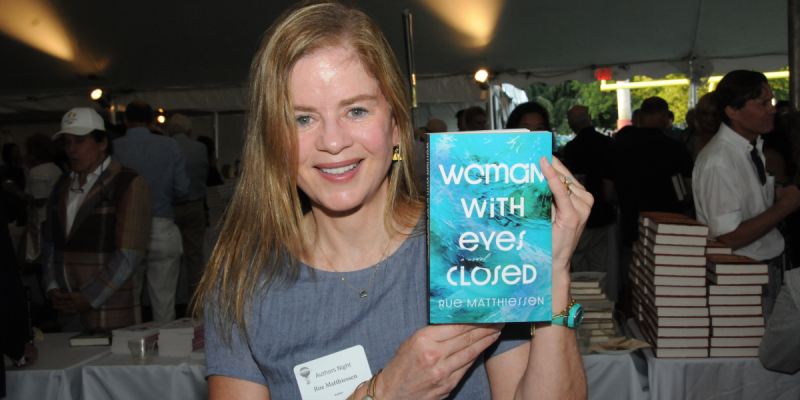The Long Island City Partnership’s (LICP) 11th annual LIC Summit heard that the OneLIC Neighborhood Plan could “unleash the potential” of Long Island City to create jobs and opportunity.
The LIC Summit, hosted by LICP at the Museum of the Moving Image at 36-01 35th Ave. on Oct. 22, featured a keynote panel discussion between a range of public and private partners who discussed the changing face of the neighborhood and the opportunities presented by the rezoning.
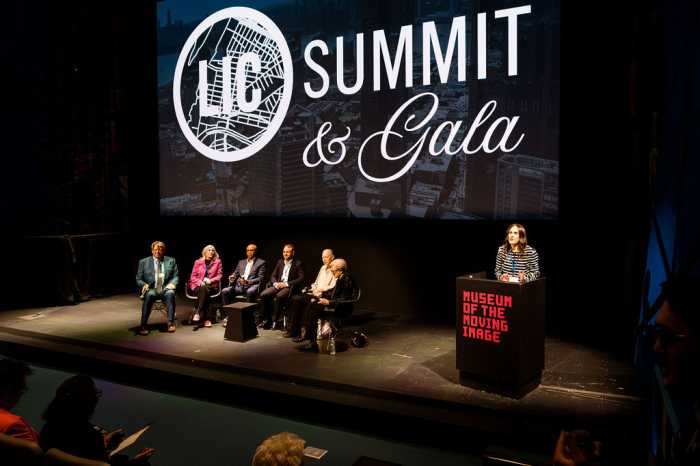
OneLIC, which covers 54 full or partial blocks in Long Island City, aims to transform the neighborhood with a series of new zoning rules that would create almost 14,700 new housing units, with 4,300 of those earmarked as affordable. Department of City Planning says the plan would create more than 14,000 jobs for the neighborhood as well as a host of community amenities.
A keynote panel including Deputy Mayor for Housing Adolfo Carrión Jr., Plaxall Managing Director Paula Kirby discussed the potential impact of the plan during the Summit.
Real estate developer Lloyd Goldman, president of BLDG Management, Joseph Cohen, founder of electric vehicle manufacturer Infinite Machine, and Lauren Larsen, president of HVAC manufacturer Power Cooling, also joined the discussion, which was moderated by Kathryn Wylde, president and CEO of business advocacy non-profit Partnership for New York City.
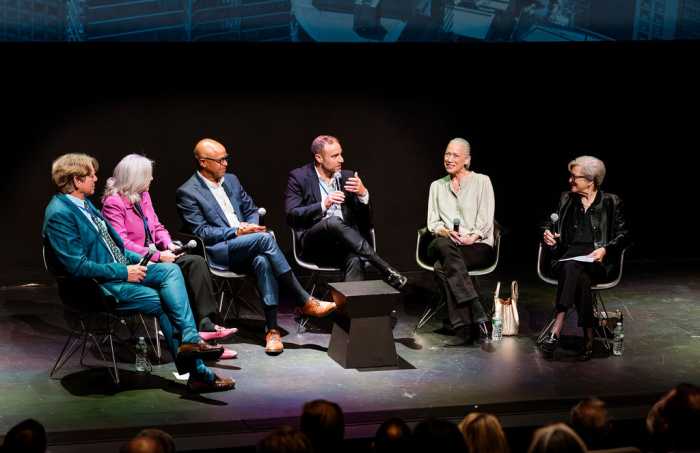
The panel reflected on the significant change that has transformed Long Island City, recalling a time when the Citi Tower stood alone in the neighborhood skyline.
Wylde remarked that LIC is unique in the sense that residents and businesses coexist alongside one another without warring over conflicting interests, while panelists stated that the rezoning plan offers an opportunity to address the city’s housing crisis, with vacancy rates hovering just above 1%.
“We are living through a housing crisis and we need to build more housing – market rate and affordable,” Carrión Jr. said on Wednesday.
He said the 14,400 units proposed in OneLIC translates into real people who spend money in the local economy.
“That’s people in business, that’s workforce, that’s economic activity.”
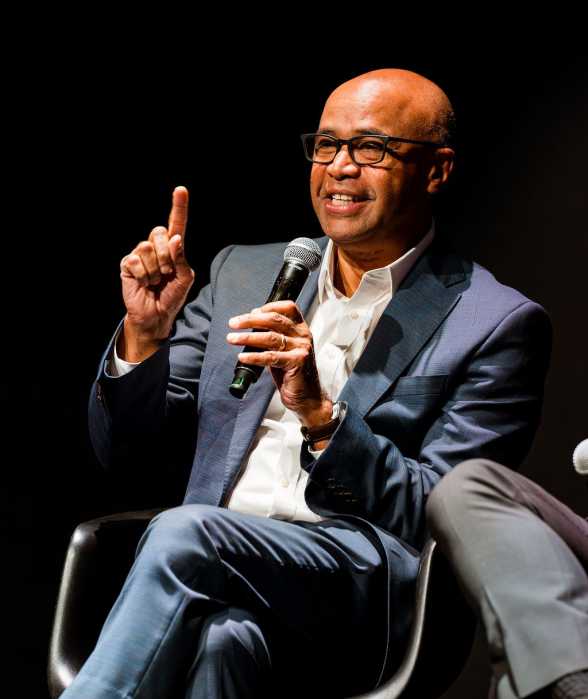
Kirby, meanwhile, said the process has been “incredibly thoughtful,” adding that OneLIC has differed significantly from previous attempts to rezone the neighborhood.
She said the plan would enable critical infrastructure such as community centers and schools to be built in the neighborhood.
Cohen, on the other hand, said the plan would encourage “little tech” companies to open in the neighborhood, describing the Long Island City community as extremely welcome to new start-ups and businesses.
“I’ve been in places where the feeling was, ‘what is this annoying company doing in our pristine place?’ The reaction to us in LIC has been totally the opposite. It’s been super warm and super excited.”
Cohen, who opened his LIC location only a few months ago, said community engagement in the OneLIC plan has been “above and beyond” what he could have expected.
All panelists said neighborhood safety has improved significantly on the back of increased development, attributing increased foot traffic to a general feeling of safety along many of LIC’s corridors.
Cohen said he has had “no issues whatsoever” since opening an LIC office, adding that the issue hasn’t even come up. Kirby, meanwhile, said the neighborhood feels comfortable to walk in.
Panelists believe OneLIC will further enhance the neighborhood’s safety by increasing connectivity and boosting foot traffic throughout LIC.
Kirby stated that that OneLIC would bring “connectivity” through the neighborhood’s industrial business zone, which would in turn make people feel safer walking through the IBZ.
Delivering closing remarks, Queens Borough President Donovan Richards credited LICP for “always looking forward to the future” of the neighborhood.
He said the neighborhood had gone under significant change over the past decade, which he said has “revitalized” the community.
“We’ve seen so much change in the last decade or so and it’s really revitalized a community that used to specifically revolve around manufacturing – and we still want to grow that manufacturing and come up with tools to make sure it’s supported,” Richards said. “Our tech industry is surging and LIC is at the heart of that movement.”
However, he spoke of the importance of Long Island City residents landing the jobs being created in the neighborhood, specifically residents in Queensbridge and Ravenswood Houses. He also said there is a need for investment in both NYCHA developments.
Richards said he was “proud” to support OneLIC with conditions including a commitment to “badly needed” affordable housing and investments in local culture.
The City Council is set to vote on the OneLIC plan this week as part of the Uniform Land Use Review Procedure (ULURP).

